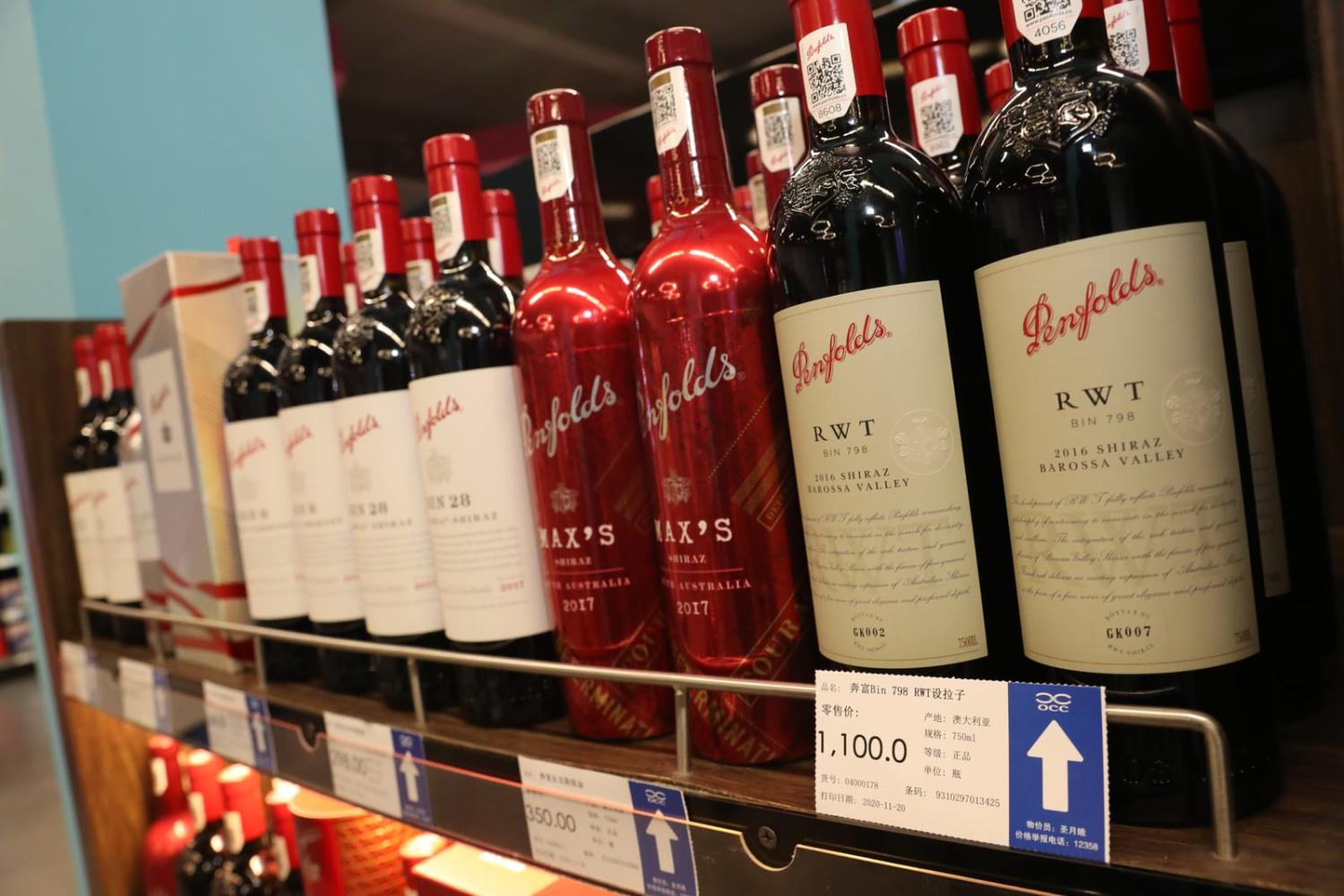It has been clear for some time that China’s campaign of trade coercion against Australia has been rather ineffectual, either in imposing significant economic costs on Australia or in forcing the substantive changes in Australian policy sought by Beijing. As I wrote back in early 2021, China’s trade coercion has carried a big bark but small bite.
This week, Australia’s Productivity Commission released its own detailed assessment – replete with full modelling treatment – concluding the same thing.
China’s trade sanctions against Australia began around May 2020 and ramped up in the subsequent months. By early 2021 however it was already obvious in the trade data that the economic impact would ultimately prove relatively minor. Australian exports to China in affected sectors dropped sharply but this was largely offset as Australian exporters for the most part successfully diverted their goods to other markets.
Combined with the fact that the value of Australian exports to China affected was only around 1% of GDP to begin with, the net result is that the overall economic impact on Australia has been minimal. And this is before taking into account other factors that should reduce the impact on Australia even further, such as foreign ownership in affected sectors and the shifting of land, capital and workers to other purposes as the economy adjusts.
Some sectors, notably the wine industry, were more significantly affected as it is more difficult to divert this product to alternative markets. Differences in prices and costs in serving other markets would also have hit profit margins. Nonetheless, the overall result for Australia is one of minimal damage at the economy-wide level.
The Productivity Commission findings helps to solidify this conclusion. According to its modelling, the impact of China’s coercive trade sanctions was to reduce the total value of Australian exports to the world by just 0.2%. Incorporating other impacts (e.g. on prices, the exchange rate, foreign investment), the Productivity Commission estimates a reduction in Australia’s GDP of less than one-hundredth of a percentage point. Adding in a slight worsening in Australia’s terms of trade (prices for Australia’s exports versus imports) and the Productivity Commission estimates a reduction in the purchasing power of Australia’s real national income was a bit larger – but still tiny, at less than one tenth of a percentage point.
According to Productivity Commission then, China’s trade coercion has proven barely more than a rounding error for the Australian economy.
The detailed modelling is good to have. But the economic ineffectiveness of Beijing’s trade sanctions was predictable and, in any case, readily visible in the months immediately following their imposition. As I concluded back in 2021:
Limited damage shouldn’t be a surprise. China has targeted products for which it thinks the cost to itself is relatively low, mostly because alternative suppliers exist. But, in most cases, that also means there are alternative buyers. And this reshuffling of global trade is precisely the reason the damage inflicted on Australia has been limited.


